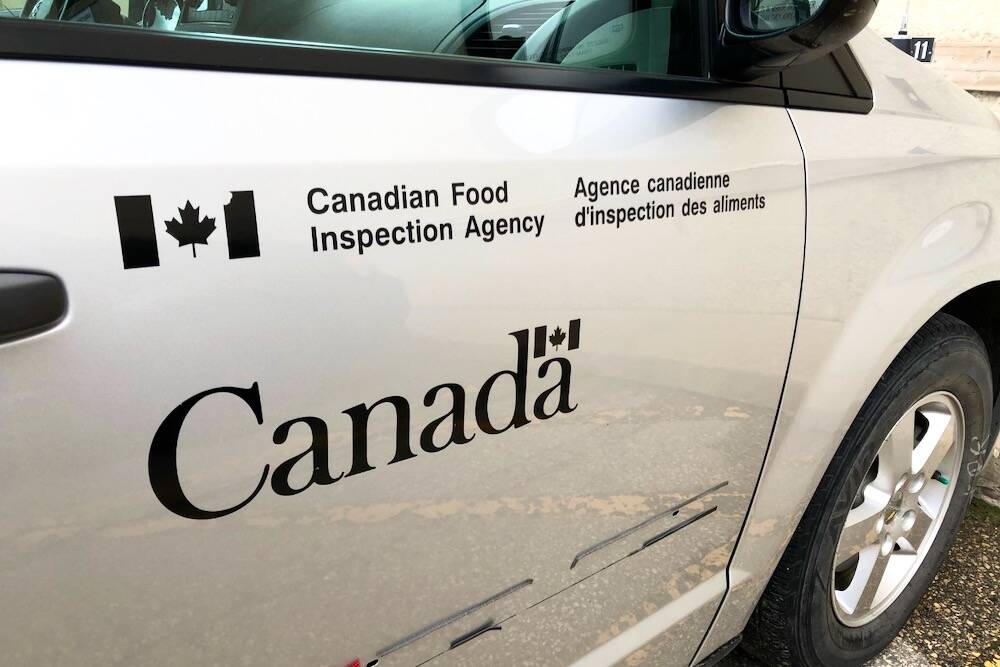“Micro-generation” projects, in which Albertans generate power for their own needs from biomass, wind and other sources, are welcome to send their surplus power into the provincial grid.
The province announced new micro-generation regulations Friday that will allow Alberta residents to generate their own power, and will credit them for any power that they don’t use but send into the provincial system.
The province now gets about 13 per cent, or 1,600 megawatts, of its total generating capacity from renewable energy. That includes over 500 mW from wind power, the province noted in a release Friday.
Read Also

B.C. ostriches culled, CFIA confirms
Ostriches on an embattled Edgewood, B.C. farm have been culled after a prolonged legal battle, the Canadian Food Inspection Agency has confirmed.
The new electricity credit program will separate micro-generators into two categories: small, meaning less than 150 kilowatts, and large, meaning greater than 150 kW but less than one mW. Connection services for small micro-generators are expected to be available no later than Jan. 1, 2009, the province said.
Small micro-generators would get credit at a power retailer’s retail energy rate, while large projects would be credited at the hourly pool price for each hour in a billing period.
To be eligible for credits under this policy, micro-generators must run on a “renewable, environmentally friendly” fuel source such as solar panels, small-scale hydro, wind, biomass, micro-cogeneration or fuel cells.
The Alberta Utilities Commission will oversee the new regulation and plans to simplify the processes both for approvals and for interconnection agreements with customers and service providers, the province said.











